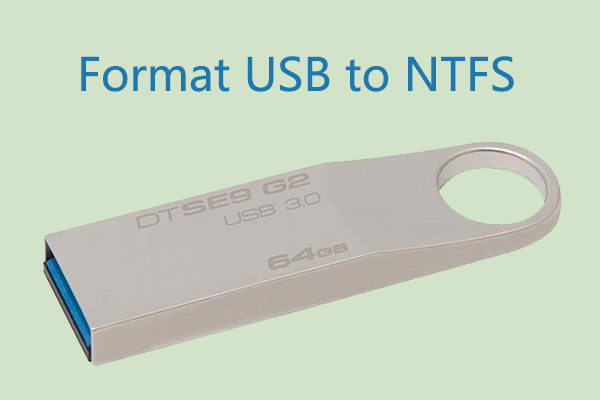

- #FORMAT MEMORY STICK WINDOWS 10 HOW TO#
- #FORMAT MEMORY STICK WINDOWS 10 WINDOWS 10#
- #FORMAT MEMORY STICK WINDOWS 10 DOWNLOAD#
#FORMAT MEMORY STICK WINDOWS 10 WINDOWS 10#
Once you complete the steps, AutoPlay on Windows 10 will be enabled or disabled depending on your configuration. Turn on or off the Use AutoPlay for all media and devices toggle switch. To allow or prevent removable media or devices from launching automatically on Windows 10, use these steps: The easiest way to enable, disable, and customize AutoPlay on Windows 10 is using the Settings app.
#FORMAT MEMORY STICK WINDOWS 10 HOW TO#
How to change AutoPlay settings using Settings app
#FORMAT MEMORY STICK WINDOWS 10 DOWNLOAD#
Like we said, it can take a long time to format a drive this way, so if you can use the third-party download we described in the last section, you should. With whatever drive letter you want to format), and then hit Enter: Open PowerShell with administrative privileges by hitting Windows+X on your keyboard, and then selecting “PowerShell (Admin)” from the Power User menu.Īt the PowerShell prompt, type the following command (replacing Still, if you don’t want to-or can’t-download a third-party app, using theĬommand is pretty straightforward. Aside from the length of time, you also won’t know if formatting failed-unlikely but possible-until the process is done.

Formatting our 64GB USB drive took almost over an hour, and we’ve heard some people complain that it can take many hours for bigger drives.

The downside to doing this is that it can take a long time. You can format USB drives larger than 32GB with FAT32 by using theĬommand in PowerShell or Command Prompt-the command uses the same syntax in both tools. No need to relaunch the tool or anything.įormat Large USB Drives with FAT32 by Using PowerShell If this happens to you, just close the File Explorer windows and try again. If you don’t, the tool will interpret the drive as being used by another app and formatting will fail. One thing to note here: you’ll need to close any open File Explorer windows before you format the drive. This tool took a few seconds to format our 64GB USB drive that took us over an hour in PowerShell. Click “OK” to format the drive.įormatting with this tool is much quicker than the command line method described in the next section. ” option, and then click the “Start” button.Ī window pops up to warn you that all data on the drive will be lost. In the “FAT32 Format” window, select the drive to format and type a volume label if you want to. The easiest way to format larger USB drives with FAT32-if you’re willing to download a free, third party app-is to use theīy Ridgecrop Consultants (click the screenshot on that page to download the app). What Is a "Portable" App, and Why Does It Matter? One method uses PowerShell (or the Command Prompt), the other a free, third-party tool.įormat Large USB Drives with FAT32 by Using FAT32 Format We’re going to show you two ways to format larger USB drives with FAT32.

The truth is that FAT32 has a theoretical volume size limit of 16 TB, with a current practical limit of about 8 TB-plenty for most USB drives. Specifications put out by manufacturers on file systems as they pertain to drive size created the myth that FAT32 can only be used to format drives between 2 GB and 32 GB, and that is likely why native tools on Windows-and other systems-have that limit. Every major operating system and most devices support it, making it great for drives you need to access from different systems. The advantage to using FAT32 is portability. If you do need those larger file sizes, you’ll need to stick with something like , so long as you don’t plan to use files over 4GB in size. What File System Should I Use for My USB Drive? For whatever reason, the option to format USB drives larger than 32GB with the FAT32 file system isn’t present in


 0 kommentar(er)
0 kommentar(er)
